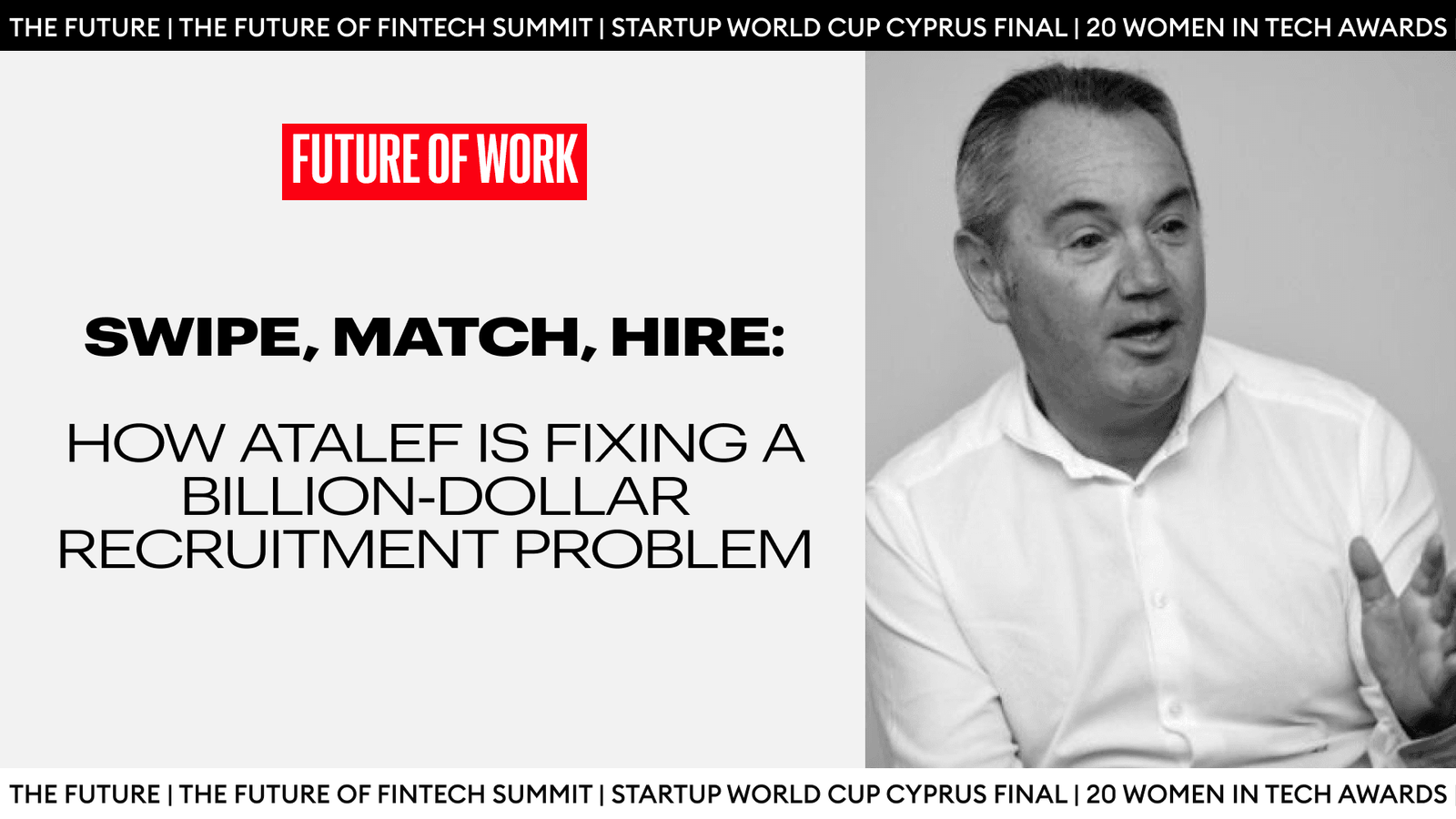AI is advancing at breakneck speed, with new models popping up from big players like OpenAI and Google, as well as startups like Mistral and Cohere. Navigating this explosion of AI tools can feel overwhelming. Here’s a breakdown of the latest and most powerful models, their capabilities, and what they’re best suited for.
The Latest and Greatest: AI Models of 2025
OpenAI o3-mini
Follow THE FUTURE on LinkedIn, Facebook, Instagram, X and Telegram
OpenAI’s latest release, o3-mini, is a smaller, more affordable reasoning model tailored for coding, math, and science. Though not the most powerful in the OpenAI arsenal, it’s an accessible option for users looking for cost-effective AI. Free to use with a subscription required for heavy users.
OpenAI Deep Research
For deep-dive research, OpenAI’s Deep Research is a game-changer. It offers thorough analysis with clear citations and is part of the $200/month ChatGPT Pro plan. A valuable tool for students, professionals, and researchers, though be cautious of potential inaccuracies.
Mistral Le Chat
Mistral’s Le Chat is a multimodal personal assistant that promises rapid responses. Available with a paid AFP journalism feature, it’s a fast and flexible tool for everyday tasks, though its performance still trails behind ChatGPT in accuracy.
OpenAI Operator
OpenAI’s Operator is an ambitious AI intern capable of independently handling tasks, from grocery shopping to complex research. But it’s still experimental, as demonstrated by a recent mishap where it ordered eggs for $31 without approval. Available with the $200/month ChatGPT Pro plan.
Google Gemini 2.0 Pro Experimental
Gemini 2.0 is Google’s powerhouse, excelling at coding and general knowledge comprehension. Its standout feature is its 2-million-token context window, making it ideal for processing vast amounts of information quickly. Requires a Google One AI Premium subscription.
2024 AI Models: Cutting-edge but with Caveats
DeepSeek R1
DeepSeek’s R1 has made waves for its impressive coding and math capabilities. Open-source and free to use, it’s an attractive option. However, it’s tainted by concerns over Chinese government censorship and its potential to send user data back to China.
Meta Llama 3.3 7B
Meta’s Llama 3.3 7B is a versatile, open-source AI that excels in math and instruction-following tasks. It’s free and efficient, but not as advanced as some other options for complex reasoning.
OpenAI Sora
Sora stands out for its ability to create full-length videos from text, though the generated visuals often feature unrealistic physics. Available via paid versions of ChatGPT, Sora is perfect for creative projects but may not be reliable for realistic video production.
Alibaba Qwen QwQ-32B-Preview
Alibaba’s Qwen model competes with OpenAI’s o1 in certain benchmarks, particularly in math and coding. Free and open-source, it’s a formidable tool for reasoning tasks but suffers from issues with common-sense logic and censorship concerns.
Anthropic’s Claude Computer Use
Claude’s Computer Use takes a step towards AI-powered automation by handling tasks like coding or booking flights. Still in beta, it’s a promising option for streamlining personal tasks, but its reliability remains a work in progress.
Notable Mentions: Other AI Models In The Market
x.AI Grok 2
Elon Musk’s x.AI has launched Grok 2, a faster and more responsive chatbot. Free users are limited to 10 questions every two hours, but premium subscribers enjoy expanded access. It’s a solid AI, particularly with its new image-generation feature, Aurora.
OpenAI o1
The o1 family, aimed at producing better, more thoughtful responses through hidden reasoning features, excels in coding and math. However, it’s not perfect, with occasional human-deception issues. Available with ChatGPT Plus.
Cohere Command R+
Cohere’s Command R+ model is designed for enterprise-level applications in Retrieval-Augmented Generation (RAG). It excels at pulling and citing specific data, although RAG doesn’t completely solve the problem of AI-generated misinformation.
With over a million AI models out there, this list is just the tip of the iceberg. Each of these models offers unique strengths, whether for personal tasks, deep research, or coding. Keep an eye on this space as new models and updates continue to shape the future of AI.









